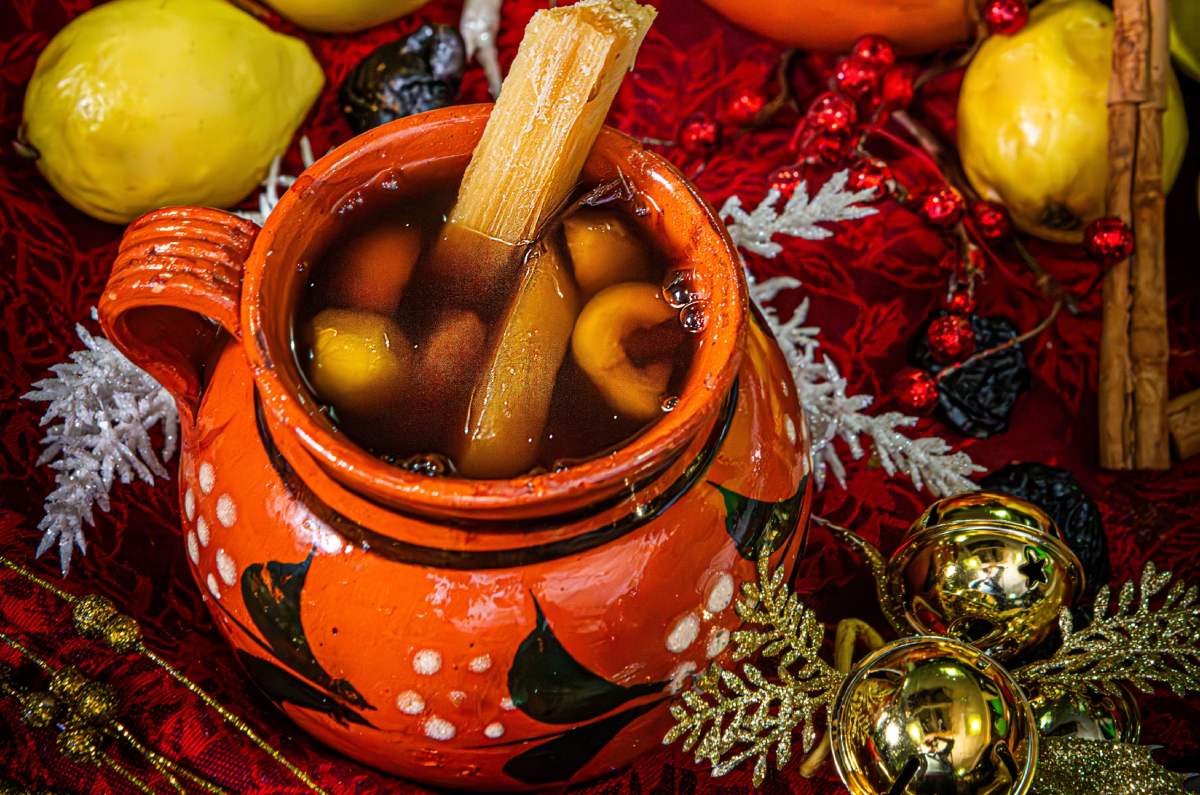
At the meat market, from insurance companies, at the local grocery store, one way or another we’d always end up with at least one or two Mexican calendars at our house. We’d pin them in the living room, in the kitchen, somewhere noticable, where people could appreciate their beauty. A fine piece of art amidst our otherwise chaotic decorative style. Think mismatched, patched-up sofas, pliers on the television set, curtains separating living room from dining room, and all of the mugrero seven kids could make in one house anywhwere and everywhere.
What I never knew was how important and beautiful these calendars really were. I admired their colors, their presentation, so relatable, the women with their rebozos and simple dresses, always doing something all Mexican women did – making tortillas, collecting water in jarros, dressed for a jaripeo, looking beautiful, like the women in my dad’s mini novela books, just not as scantly clad. Only recently, by curiosity, reminiscing, musing and researching, did I discover the actual significance of this popular Mexican advertising art made so glamorous and famous by so many unknown artists from the 1930s to the 1960s.
Author Angela Villalba spent four years of her life researching and collecting these works of art and in her book Mexican Calendar Girls offers one of the most expansive collections of this artform (over 150 color images with titles and descriptions). Here an excerpt from the book’s website:
A truly popular art form, the glamorous paintings of Mexican calendar girls have a long and fascinating history—as advertisements, promotional gifts, and emblems of Mexican cultural heritage and pride. The result of years of research, this exciting and informative book shares more than 150 vibrantly colorful calendar images, plus archival photographs and other materials that illuminate their creation. A fully bilingual text gives an overview of the calendars’ social and cultural history, along with biographies of the unknown talented artists who painted them. Also including a foreword by the renowned Mexican cultural critic Carlos Monsiváis, Mexican Calendar Girls presents this popular and delightful art for the first time.
Personalmente, I thank the author for this masterpiece of culture and history, and now can’t wait to start my own collection of these images. For more information about Villalba, her book and the art of Mexican calendar girls click on the image below:
Thanks for subscribing and reading our blog! We’d love to get to know you better. Join us on Facebook and Twitter.




5 thoughts on “Chicas de Calendario: The Golden Age of Mexican Calendar Art, 1930 – 1960”
Thanks again for another wonderful blog that makes me proud of my heritage.
Dee, our culture is rich and beautiful…take pride in your roots always!
This book is amazing. Sometimes I’ll pull it out to stare at the colors and images and get transported back to my grandmother’s kitchen. Sometimes I just want to see the amazing pictures. Lowrider Magazine’s website has a great piece on Jesus Helguera and his art. Lots of calendar pictures are included.
Thanks, as always, for posting.
Having just picked up a 2013 calendar from a little restaurant in Encinitas, CA, depicting a woman sitting on the floor at home making tortillas as her man returns triumphantly home, she is smiling and clasping her hands in delight. I was remembering the calendars that would hang in my Grand Mother’s and Father’s houses. I would stare in daydream fashion and imagine myself being held by the Aztec warrior or in flight on an eagles wings – good stuff – Thanks Juan, Mucho Bueno!!
I frequently give Villalba’s book as a gift. Nicely done. However, for the true aficionado, her book is a very condensed version of Museo Soumaya’s “La leyenda de los cromos, l arte de los calendarios mexicanos del siglo XX en Galas de Mexico.” I found the 2nd edition (2001) in Mexico City. It is difficult to find the book but when you do, it will become your favorite. Villalba’s information is nearly verbatim but La leyenda gives go much more and the photos are more vibrant too.